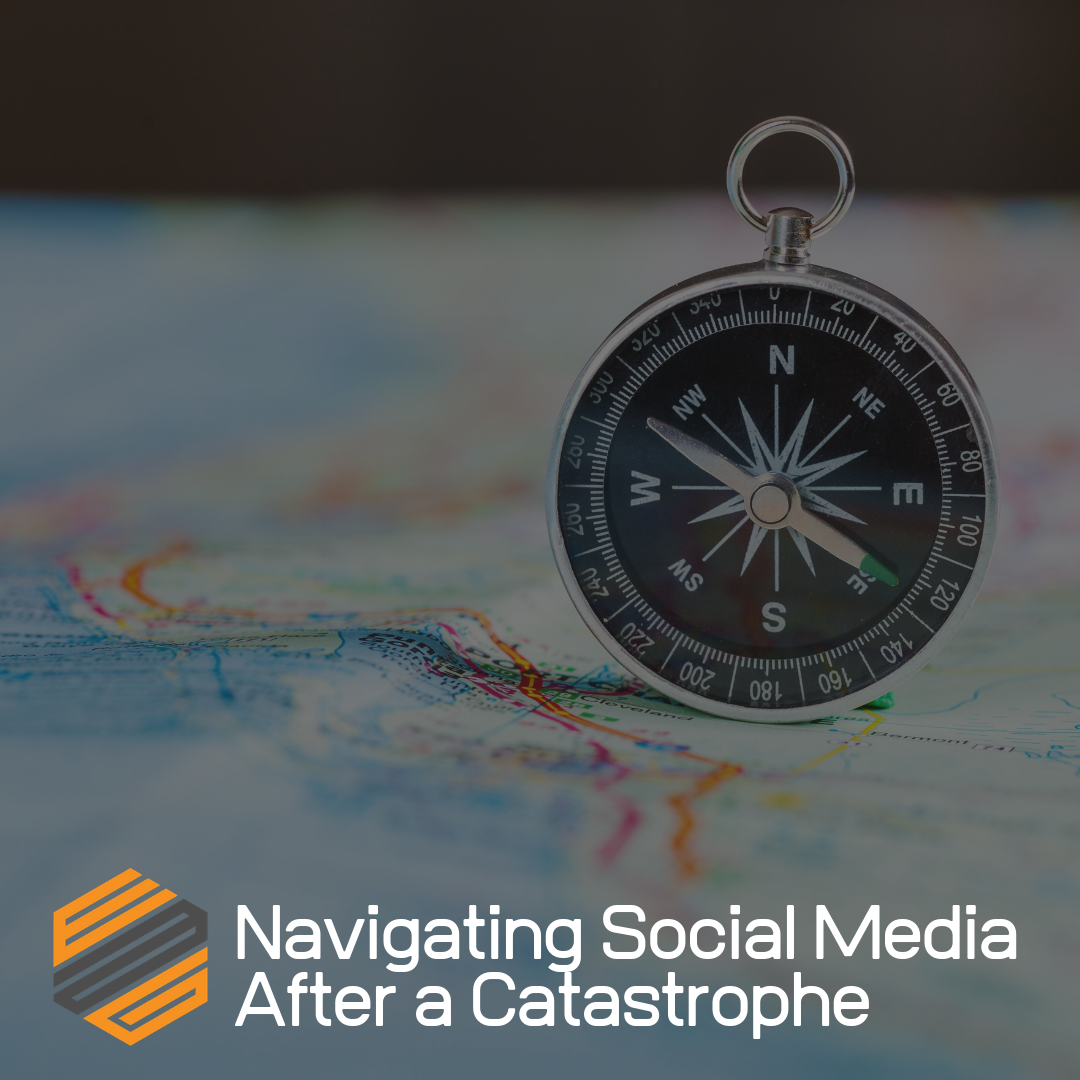After the attacks on London bridge, Londoners rallied on Twitter using the hashtag #SofaForLondon, offering their sofas, and spare rooms to residents without homes.
During Hurricane Harvey, hashtags like #sosHarvey were used to call for civilian helpers when phone lines were down.
The world turned to social media to grieve, lend a hand and show support.
As a business owner, how should you post following a calamity? A genuine express for sympathy for those affected by the tragedy is one thing, but you do not want to be viewed as yet another company joining in just to improve one’s corporate image. Through recent historical events, we explore navigating social media after a catastrophe.
Do’s and Don’ts of Responding on Social Media to A Disaster
What should you say?
“If the company isn’t directly involved, and the disaster is being covered by every media outlet, the best thing to do [may be] not to post anything,” said Brian McDonough, an associate at Evergreen Partners PR & Crisis Communication.
The number one reason not to post on your social media platforms is if it is in any way disingenuous or a ploy to market your business.
For example, Cinnabon’s tweet after the death of Carrie Fisher in 2016.
“Don’t feel compelled to respond,” said McDonough. “To be received well, the company’s message must be genuinely empathetic and free of any political or promotional statements.”
“If [your] company is directly involved or has the resources to help, then you absolutely need to post something,” McDonough said. “It provides the public with some sense of comfort to know the company is aware of [the situation] and [is] responding to [it].”
“Every situation is different, and addressing the nuances of the tragedy is key to a successful communication strategy,” said McDonough.
“There should be an internal process in place [on how] to interact with social media on highly sensitive issues as they’re breaking,” said Chris Dessi, vice president of sales at PerformLine Inc.
“Step out of the marketing voice,” Dessi said. “Be a megaphone from the core of the brand.”
“Take time to really think about the message you want to put out,” said Massiel Bradberry, owner of Living Better Lives Counseling. “Don’t rush to post something just to be the first one. This is an opportunity to connect with your clientele at a time of vulnerability.”
“If you’re going to talk the talk, walk the walk,” said Maria Vorovich, co-founder of GoodQues. “Showing support is great if your consumers or brand are directly impacted. If your company is moved by the event and wants to raise awareness, [it] should expect to do more than just post on social media.”
“Consumers notice [brands that post] within the week of a hurricane,” said Vorovich.
Further, keeping your automated post schedule can make your company appear ignorant or out of touch, said McDonough.
“If every TV channel is covering a disaster, and your company is posting sale advertisements, or if a company tweets out condolences and 10 minutes later posts information about a weekend sale, that’s a problem,” he said. “In the eyes of the public, the company is trying to act like it’s business as usual when it’s not.”
“After a trauma, people need to feel safe and supported, so any social media posts should keep that in mind,” said Aimee Daramus, Psy.D, a licensed clinical psychologist at Urban Balance. “[Businesses] can post messages of support and solidarity or useful tips, such as hotlines, shelters, blocked roads or flooded areas. In other words, be an active, helpful part of the community.”
Source: Kiely Kuligowski and Elizabeth Palermo of Business News Daily


